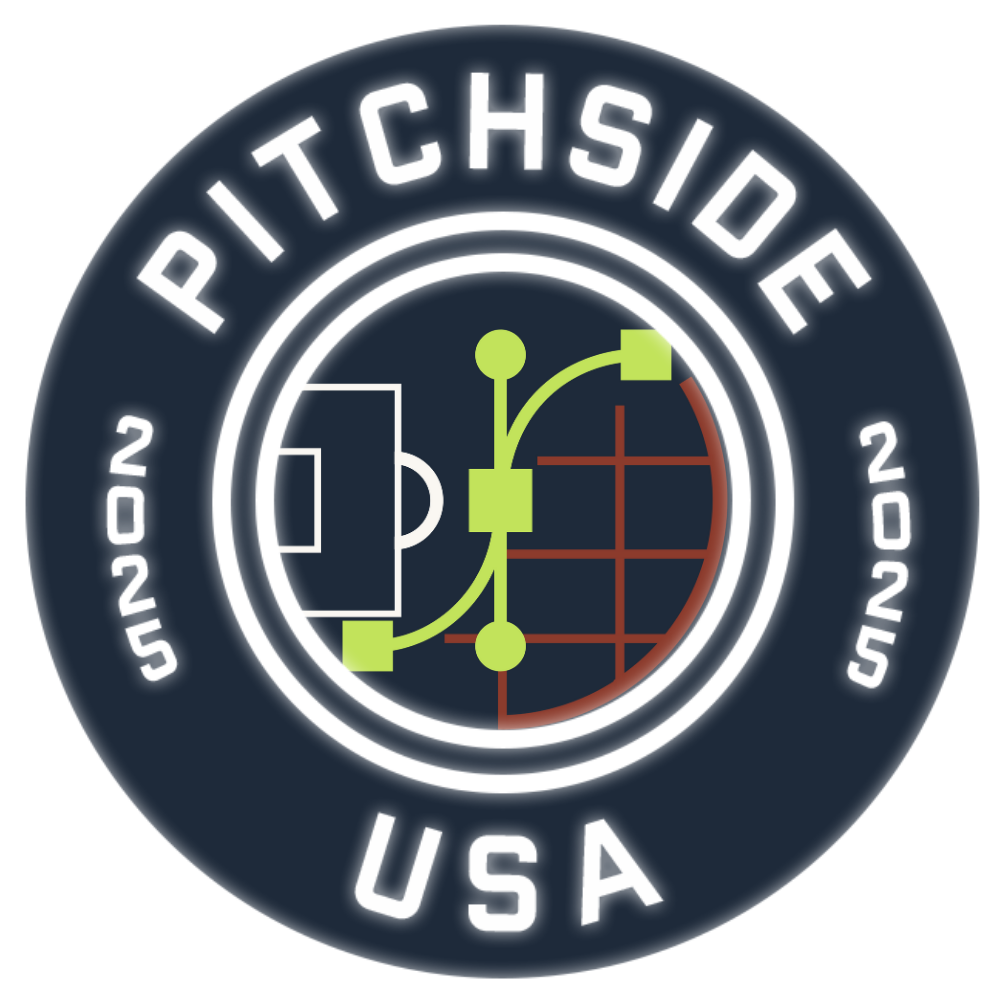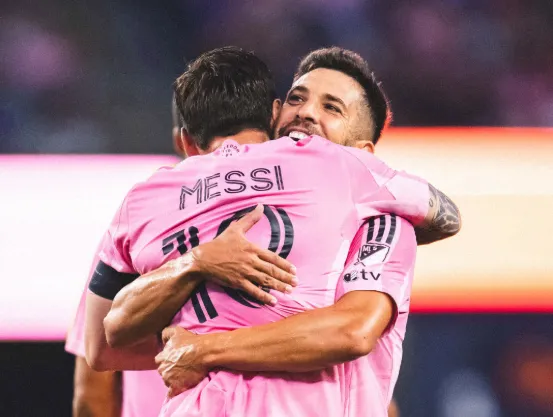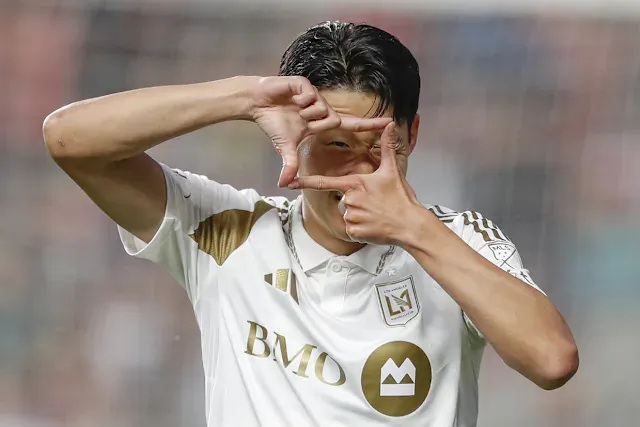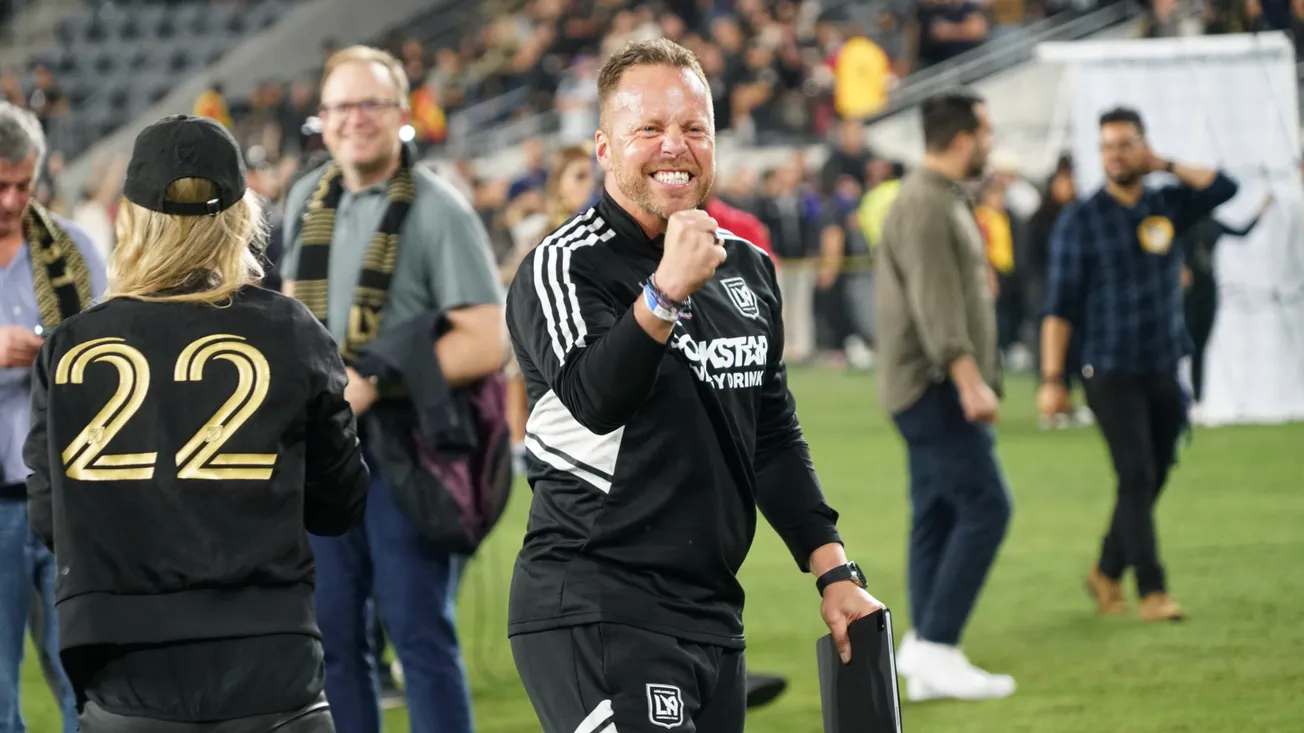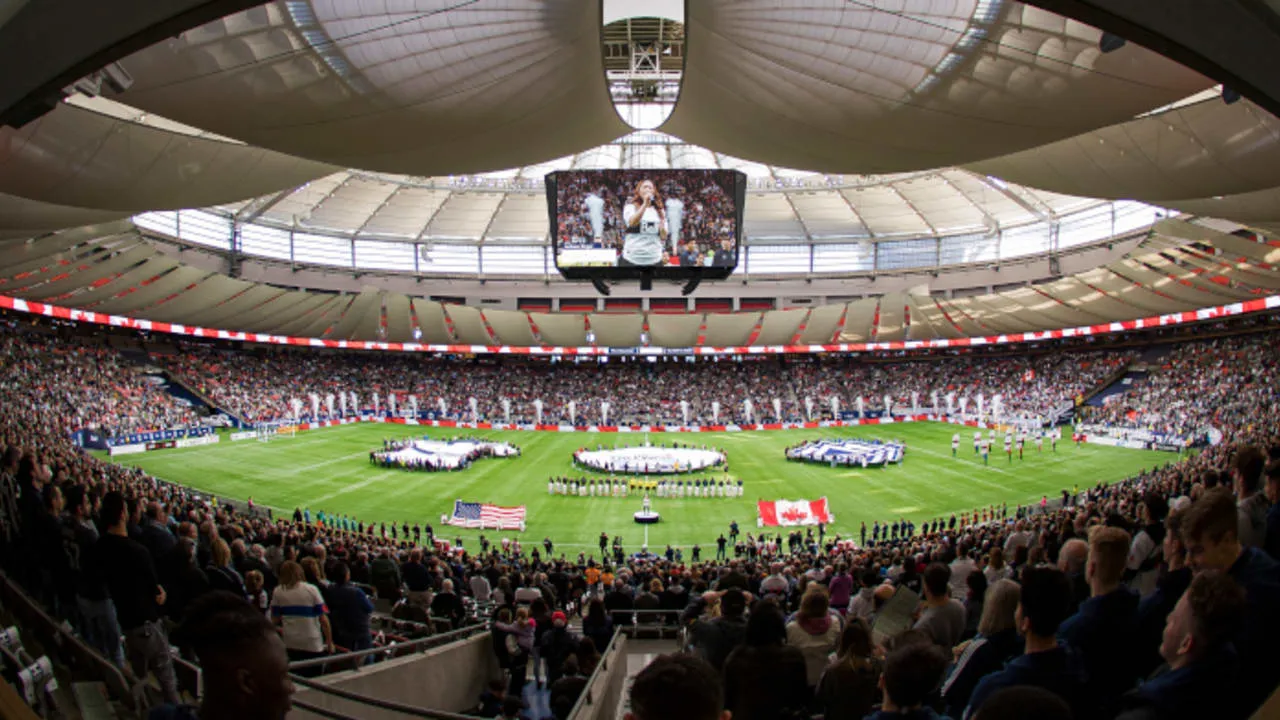In Major League Soccer (MLS), where domestic talent merges seamlessly with international stars, one factor distinctly sets this league apart: its varied playing surfaces. As the league wraps up its season post-international break, the ongoing debate over playing surfaces resurfaces, raising critical questions about player safety, performance, and competitiveness.
The Turf Advantage: Practicality and Performance
Teams such as Atlanta United FC, New England Revolution, Vancouver Whitecaps FC, and FC Charlotte embrace artificial turf fields primarily for their consistency, lower maintenance costs, and all-weather resilience. The Portland Timbers also use synthetic turf, albeit in a soccer-specific stadium. Data from the 2023 season suggest that some turf-based teams, notably New England and Atlanta, have secured a clear home advantage, showing significantly higher points-per-game (PPG) differentials at home compared to away matches.
For instance, New England's PPG differential at home stood at 1.47, among the highest in the league, alongside teams like CF Montreal, which plays on grass. This indicates that while surface plays a role, it isn’t the sole factor influencing home performance.
The Injury Concern
Despite practical benefits, artificial turf draws significant criticism for potentially increasing injury risk. High-profile injuries, such as Brandon Bye's ACL tear and German Berterame's ankle fracture, often reignite calls to ban artificial turf.
However, caution is necessary when interpreting injury data. Many cited studies involve American football, characterized by different physical demands, footwear, and athlete profiles compared to soccer. Thus, while correlations exist, establishing definitive causation between artificial turf and increased injury rates in soccer requires deeper analysis.
Environmental and Player Safety Factors
Beyond injuries, artificial turf poses other safety and environmental concerns. Turf surfaces retain heat, causing elevated temperatures that can dangerously affect young academy players, particularly in southern states like Texas. Additionally, environmental sustainability issues arise from the mass production of synthetic fibers used in turf fields.
The unique behavior of the ball on artificial surfaces also demands tactical adaptations from teams, potentially providing a subtle but notable competitive advantage to home teams accustomed to these conditions.
The Human Element
Nevertheless, success on any playing surface fundamentally involves the human element—team dynamics, coaching strategies, and player adaptability. LAFC head coach Steve Cherundolo emphasizes adaptability as crucial, despite personally favoring natural grass. He and others consistently advocate for league-wide transitions to natural surfaces, aligning MLS more closely with international standards.
"If you're asking me hypothetically if I want to keep playing on turf: absolutely not," Cherundolo stated candidly, highlighting a growing consensus among coaches that natural grass is preferable despite turf’s practical advantages.
The Road Ahead for MLS
With significant financial backing from Apple and league executives, transitioning entirely to natural grass appears increasingly feasible. Influential figures like New England Patriots and Revolution owner Bob Kraft have indicated openness to switching to grass, propelled by the upcoming World Cup spotlight and broader calls from players and coaches alike.
Until these systemic changes materialize, MLS teams will continue navigating the complex dynamics of turf versus grass, impacting player safety, competitive fairness, and international perception. This ongoing debate promises to shape the league's future profoundly as it strives to elevate its global standing.
The coming seasons will reveal whether MLS embraces comprehensive reform or continues balancing on the delicate turf-versus-grass tightrope.
